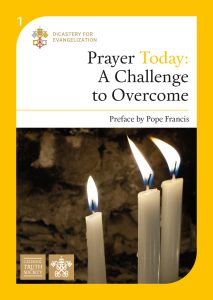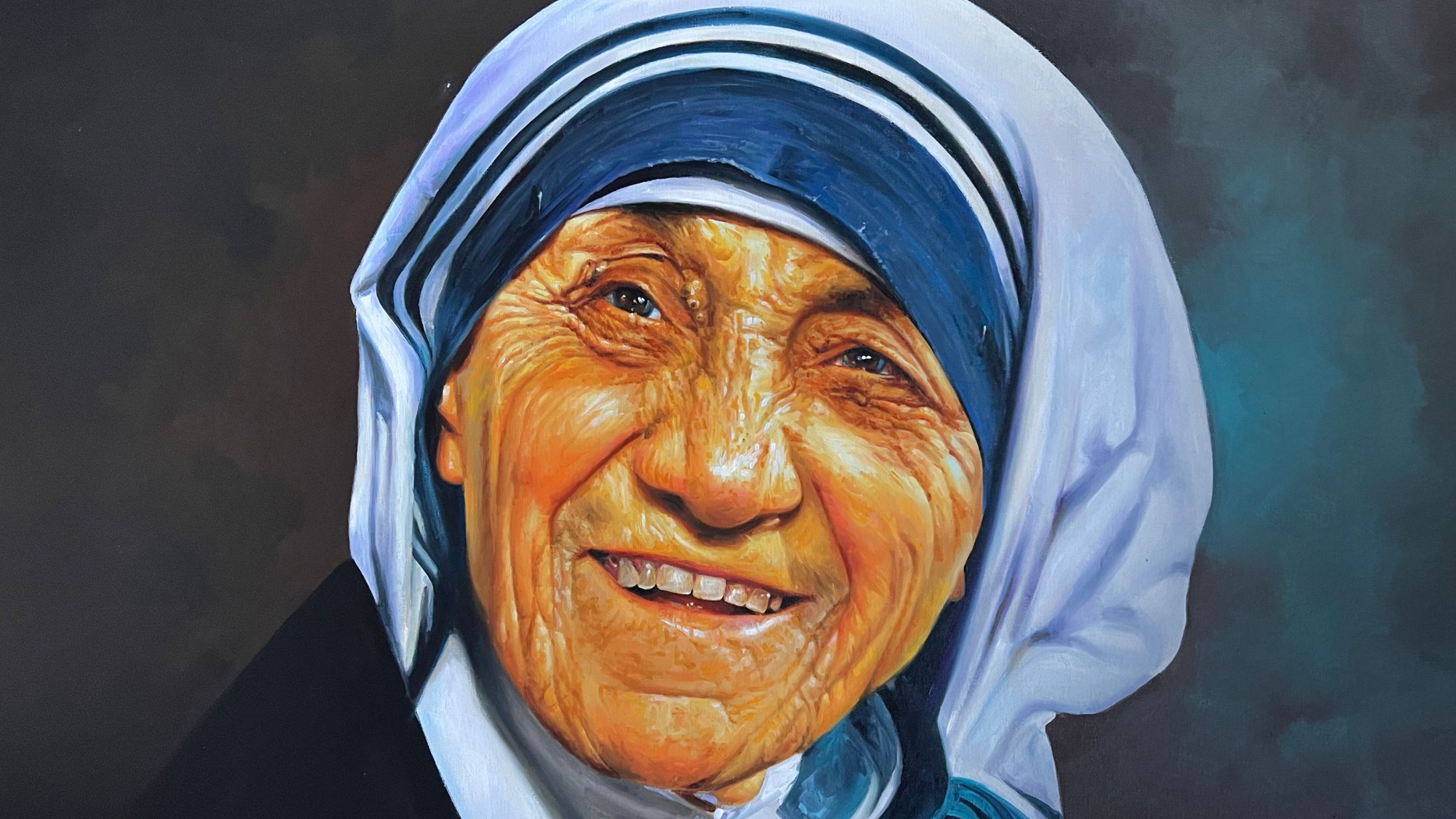She said at the UN, “I am just a poor nun who prays!” This is the definition that the Mother gave of herself.
(Malcom Muggeridge)
Malcolm Muggeridge, a rather smug and indifferent English journalist, went to Calcutta in 1969 with the simple and innocuous aim of shooting a film on the life of Mother Teresa and her nuns, inside the “House of the Immaculate Heart,” which some Europeans called, with a bit of disdain, “Calcutta’s House of the Deathbound.”
Malcolm, who did not have faith, asked permission to film life as it took place inside the two big rooms where many poor people, many sick people, many dying people were brought daily. Right away something inexplicable happened. Here is his account:
Part of the work of the Sisters is to pick up the dying from the streets of Calcutta, and bring them into a building given to Mother Teresa for the purpose (a sometime temple dedicated to the cult of the goddess Kali), there, as she puts it, to die within sight of a loving face. Some do die; others survive and are cared for. This Home for the Dying is dimly lit by small windows high up in the walls, and Ken [Macmillan, the cameraman] was adamant that filming was quite impossible there. We had only one small light with us, and to get the place adequately lighted in the time at our disposal was quite impossible. It was decided that, nonetheless, Ken should have a go, but by way of insurance he took as well some film in an outside courtyard where some of the inmates were sitting in the sun. In the processed film, the part taken inside was bathed in a particularly beautiful soft light, whereas the part taken outside was rather dim and confused.
How to account for this? Ken has all along insisted that, technically speaking, the result is impossible. To prove the point, on his next filming expedition – to the Middle East – he used some of the same stock in a similarly poor light, with completely negative results. He offers no explanation, but just shrugs and agrees that it happened. I myself am absolutely convinced that the technically unaccountable light is, in fact, the Kindly Light Newman refers to in his well-known exquisite hymn.
But the real miracle was another. Malcolm Muggeridge carefully observed what was happening in the two large dormitories, and then ventured to say to Mother Teresa, “Mother, there is enough here to have hell on earth. Here there is poverty, here there are malnourished people, here there are skeletons covered only by skin, here there is death, you can look it in the face. Yet here, everyone smiles, here there is no desperation, but joy of living. Mother, why?”
Mother Teresa was feeding a poor, malnourished woman who had just been picked up from the street. She stopped for a few moments, looked at the journalist, and then replied, “Here there is no hell, here there is heaven because here there is love!” Then, with serenity, she continued to feed the woman, who had her mouth open like that of a child waiting for their mother’s milk.
Malcolm Muggeridge was struck. And, since he was intellectually honest, he wanted to delve into the mystery of that unusual holiness, and asked, “But where do you find the strength to love, where do you find the strength to smile…here?” Mother Teresa was extremely sincere, and she challenged the journalist, saying to him, “Come tomorrow, at six in the morning, to the door of our little convent. You will understand where we find the strength to love and to smile.” The next day, punctually like a true Englishman, Malcolm was at the door of the little convent.
Mother Teresa, also punctual, welcomed him and led him into the barebones chapel, without pews to sit on, where a group of nuns wearing the saris of women who count for nothing in India were gathered in prayer and awaited the celebration of Holy Mass.
Malcolm Muggeridge participated in silence, and to him everything seemed simple, humble, and also a bit mysterious and a bit boring.
He wondered: “What are these nuns doing? Whom are they talking to? What do they receive in that little host? Could it be possible that the whole secret is here?” After Holy Mass, while Mother Teresa was walking quickly to her poor, she said to the journalist, “Did you see? The whole secret is here. It is Jesus who puts His Love in our hearts, and we simply go and give it to the poor we meet on our way.”
Do you know what the conclusion was? After a while the indifferent journalist asked to receive Holy Baptism and to become Catholic, with this wonderful motivation: “I want to become Catholic to receive the Holy Eucharist that produces, in that holy woman, such a miracle of love and joy.”
And that is what happened. Love lived out brought Malcolm Muggeridge into the arms of Living Love, which is Jesus.
Why don’t our Communions produce this effect? Let’s think seriously about that.
(Image: Rajasekharan Parameswaran)
Read more about overcoming the challenges of prayer today

